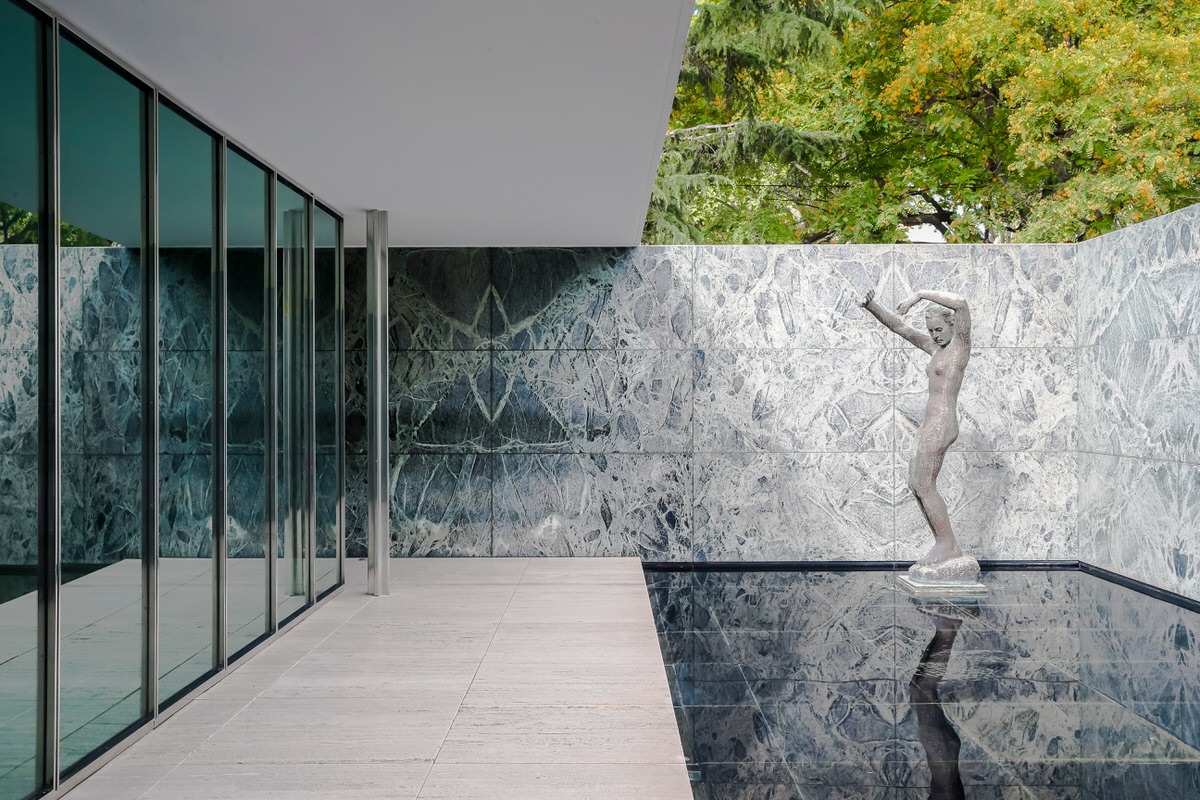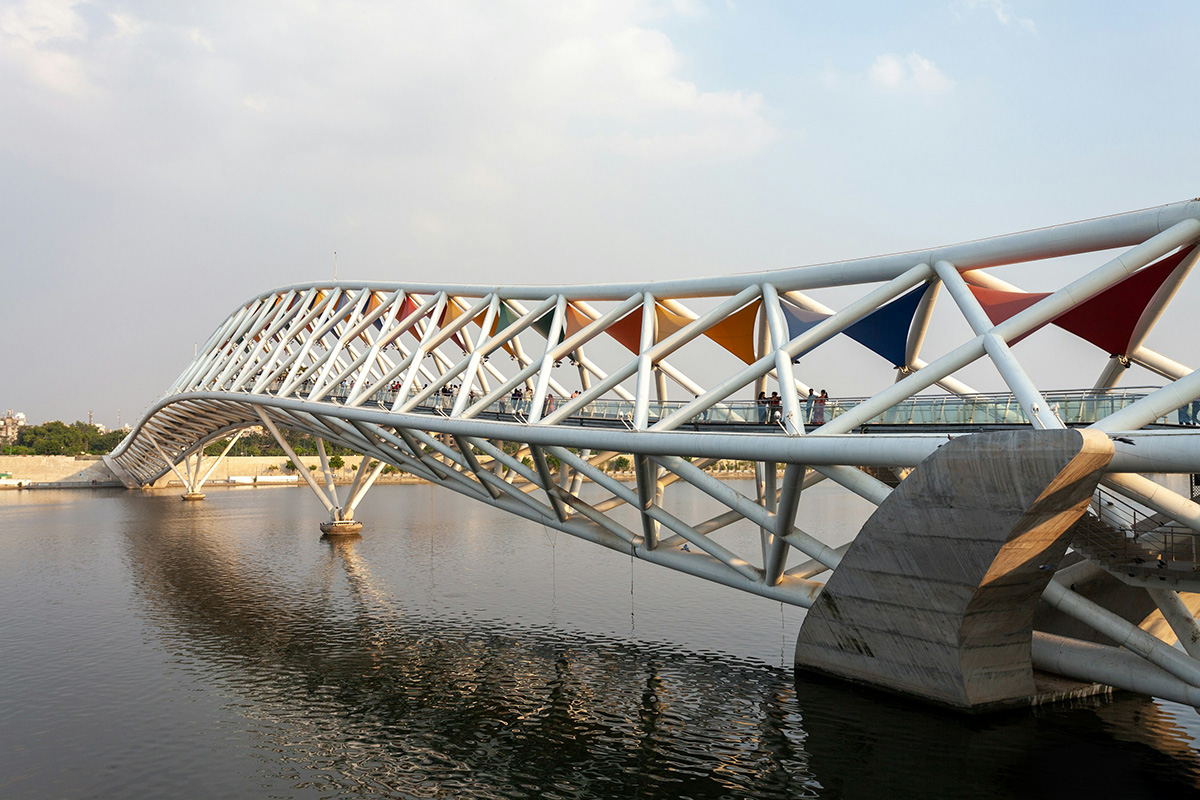There was a palpable anxiety amongst the crowds at the 1929 International Exposition in Barcelona. The fair goers had no idea that they were looking at the birth of minimalism when they toured Ludwig Mies van der Rohe’s German Pavilion (reconstructed in situ in 1986 and thereafter known as Barcelona Pavilion). They only knew they that had never previously seen a building stripped naked down to walls, glass, stone, metal, and one lonely piece of decoration: a Georg Kolbe sculpture. Mies himself went on to head the Bauhaus until the school was closed permanently in 1933 by the rising Nazi regime. Mies’ Barcelona Pavilion paved the way for the International Style, his idiom Less is More, and countless fake Barcelona Chairs in empty office lobbies the world over.
Today, 90 years after the unofficial birth of minimalism, the movement has a bad international rap in spite of the current exhibition Minimalism on until April 14 at National Gallery Singapore. Thanks in part to the backlash against minimalism led by Robert Venturi’s snarky Less is a Bore and the rise of what could only be described as maximalism, anything goes these days.
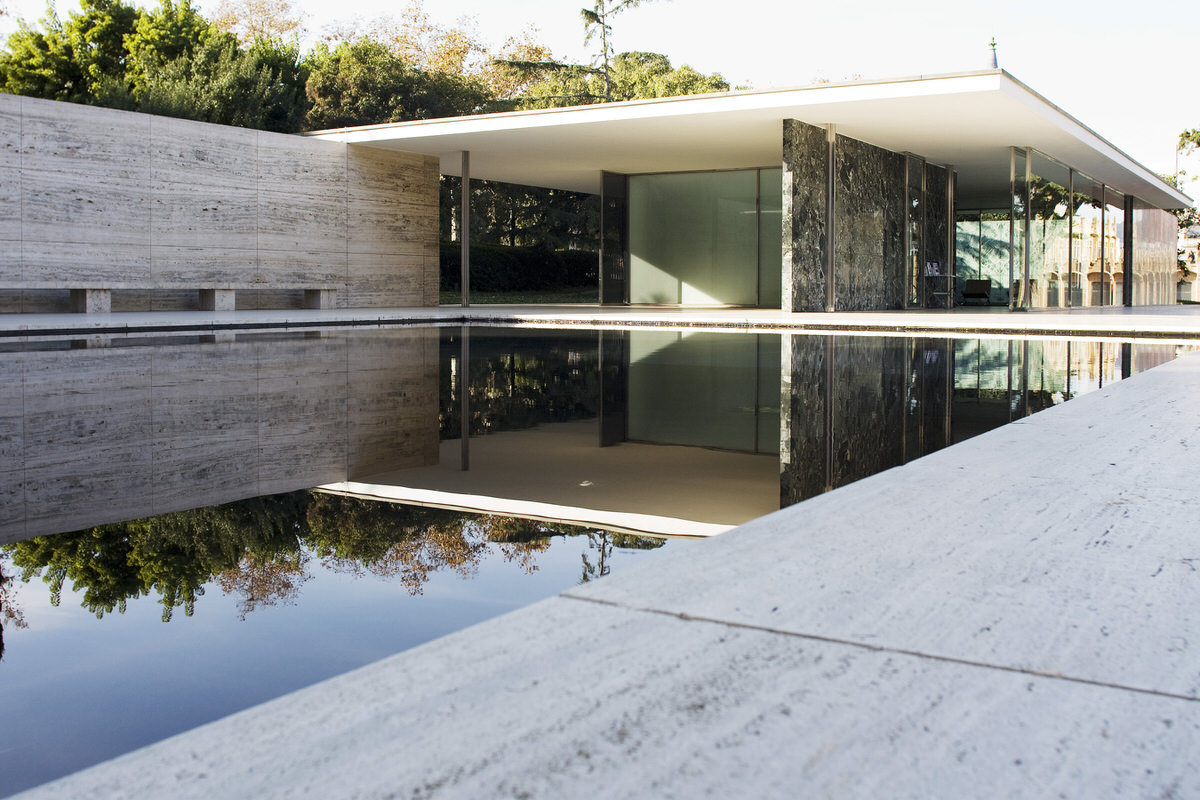
Minimalism itself has been poorly understood. Many who visit Barcelona Pavilion only see travertine and onyx, and equate minimalism with luxury. Others only see a skeletal structure and use that as an excuse to avoid detailing projects with any degree of sensitivity. They are missing the point. Personally experiencing the simple and intimate structure, it dawns on pilgrims what Mies was trying to do. Minimalism at its core is beautiful because it reduces everything down to the basics of what life is all about: an enclosure for shelter, with the materials—whether they are plywood or rosewood—elevated to decoration because they are unadulterated. In the words of Marie Kondo, minimalism sparks joy because it is direct, clean and in tune with what nature intended materials to be.
The LOL irony is that minimalism today is embraced in places with vast amounts of space and land, and rejected in cities where land is at a premium. Architecture in northern Canada, Nordic countries, western Russia and northern China is dominated by uncluttered buildings that are all about form, structure, honesty of materials, and symbiosis with natural surroundings. It helps that these locales were previously considered too remote to have many people populate them: their isolation prevented imposition of what is considered good taste upon buildings that are first and foremost functional.
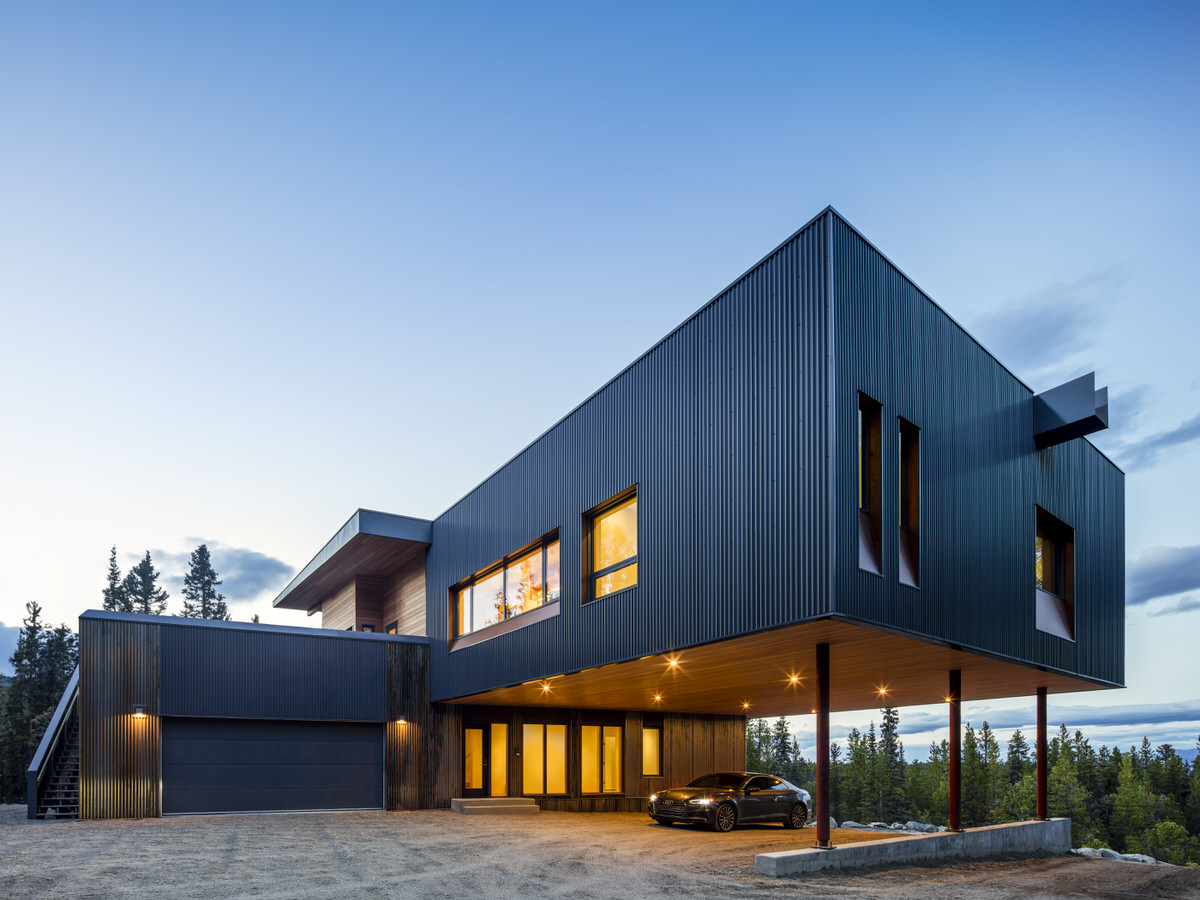
Whitehorse based architect Kobayashi + Zedda’s Woodland Residence is essentially two boxes that intersect at an angle, set outside Yukon Territories’ capital in a Canadian territory with under 36,000 people across 483,000 square kilometre(sqk)—or 0.08 persons per sqk. To put that number into perspective, roughly 26,000 people live in Wah Fu public housing estate in Hong Kong, according to Housing Authority’s 2018 report, on approximately 0.01 sqk. Stockholm based architect Tham & Videgård’s concept for a holiday home on the Swedish island of Gotland is 135 sqm with nothing around it as far as the eye can see. Its interior spaces are defined by knotty pine patterns that finish walls and ceilings.
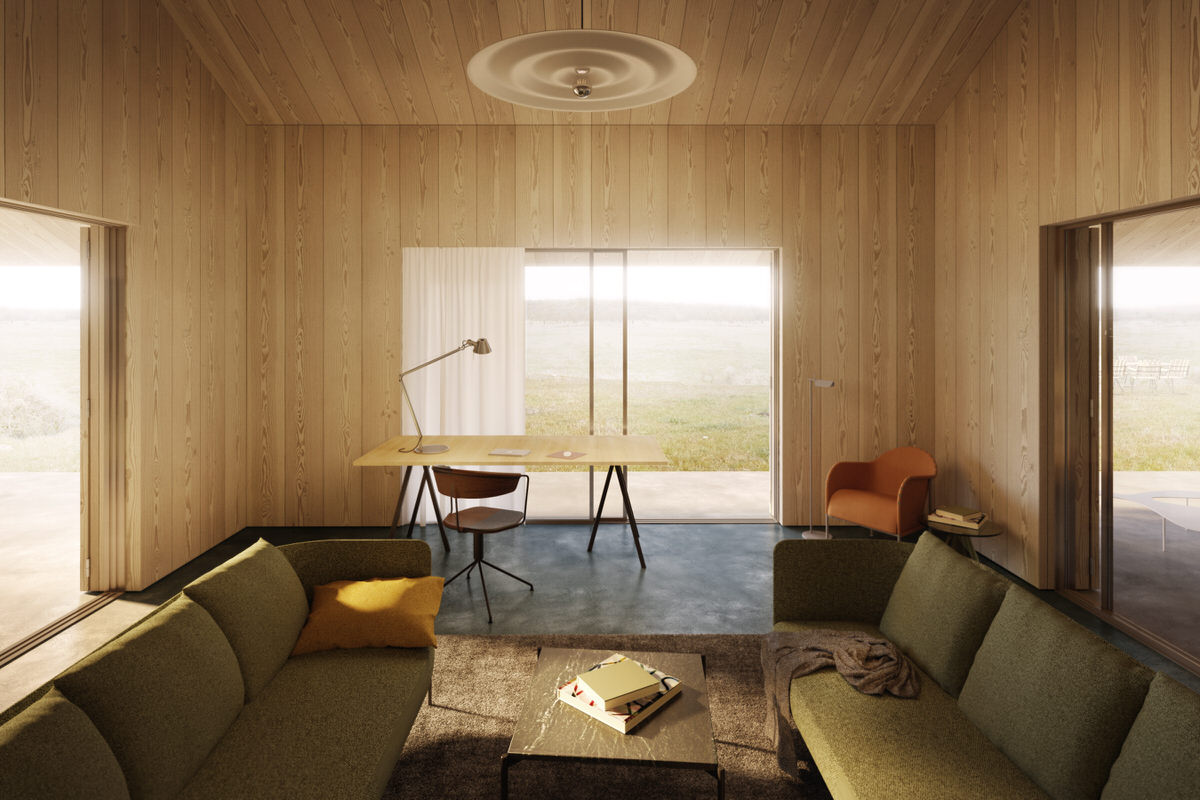
In Hong Kong, maximalism runs rampant. In a city with the dubious honour of having the most expensive real estate per capita in the world and some of the globe’s tightest accommodations for a First World city, hoarders abound and storage centres reap in mega profits. Those who do not hoard bin barely or never used items without a second thought. The government’s sustainability solution is a HK$0.50 levy on plastic bags at the same time when the city’s landfills are dominated by construction and renovation waste. The amount of waste piling up in this teeny city is a typhoon that will only grow in intensity as Hong Kong’s northern border dissolves.
Minimalism nearly a century post Mies may be the path towards a more sustainable way of living. In some countries, amongst people who live sustainable lifestyles, many own one winter coat that they wear for decades. They choose to live in 60 sqm when they can afford 600 or even 6,000 sqm, because they know that to live small is to live closely with the family they are nurturing. For them, zero waste is not a branding strategy—it is the only way forward. Fruit and vegetable peelings are composted and transformed into rich fertiliser for gardens, which in turn produce more delicious fruit and vegetables. Worn garments are cut up into rags to clean windows or mop up spills. Buildings are designed with solar, wind, and water considerations as second nature, in order to capture nature’s bounty for future usage.
Mies, himself a rotund man who enjoyed wine and cigars, may not have been aware of the environmental repercussions his minimalist concept spawned. But as a German architect who survived two world wars, he was well aware of how fragile this planet is. Mies most definitely would have given his blessing to minimalism as a sustainable aesthetic going forward in the 21st century.

